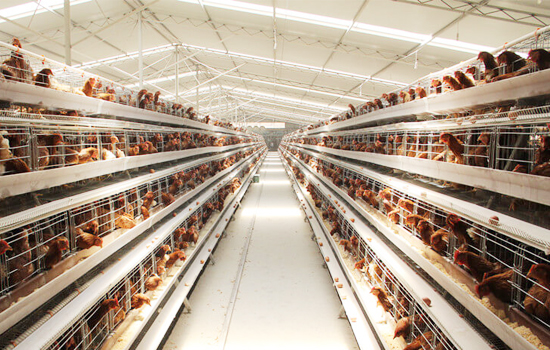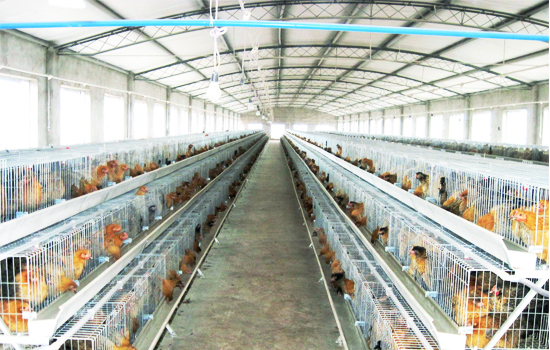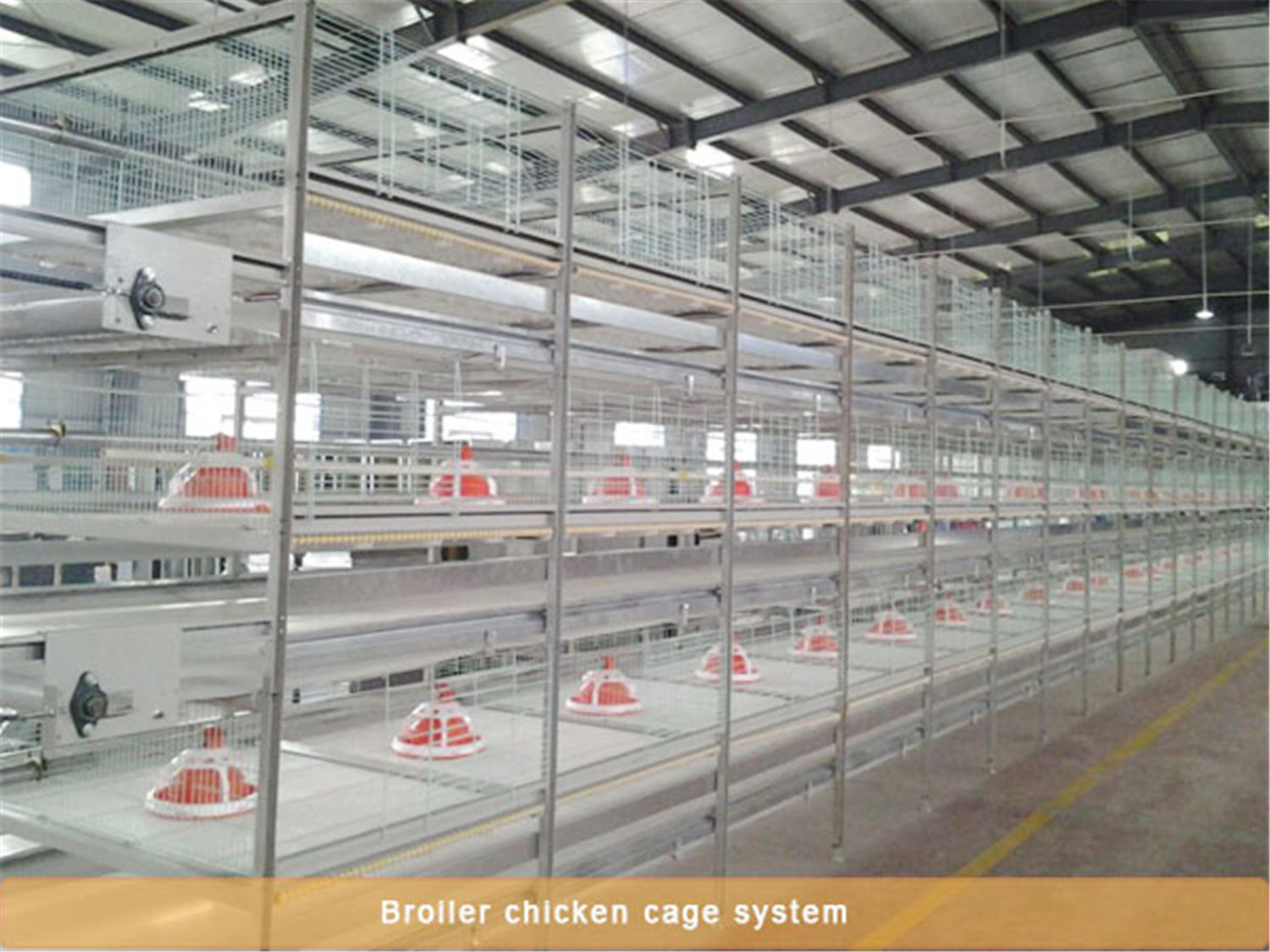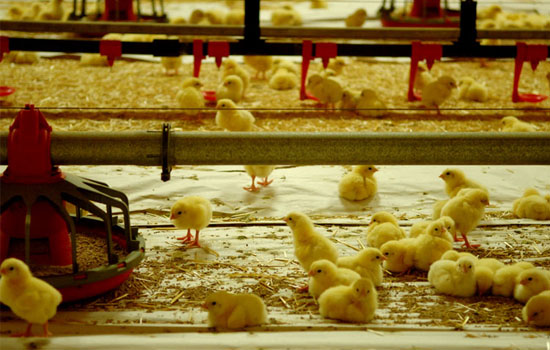In order to obtain good benefits in the process of raising chickens and achieve efficient chicken raising, farmers must master modern and scientific chicken raising techniques. Only the growth and production characteristics of the flock, feeding points, feeding and epidemic prevention can be reasonably mastered, and the flocks can exert good growth and production performance, so that the farmers can obtain better benefits. In order to help farmers to avoid detours in farming, the following authors will introduce you to the basic principles and key points of using chicken battery cages to efficiently raise chickens.
1. Do a good job in the management of the house: intensive, large-scale farmers should put the management of the house in an important position, whether it is the management of the house environment, or the management of the chickens, including the management of the chicken farm staff. It is important to pay attention to the fact that the core issue of management is coordination. Only management is good, and implementation is less problematic and problem-free.
2. To be bio-safe: Only if the chickens are healthy can the chickens play their proper production performance, so the farmers must be healthy in the process of raising them. Anti-epidemic should be caught in place, strictly disinfected, effectively isolated, flies and rodents, all in and out.

3. To do a good job in chicken farm immunization: immunization should pay attention to Newcastle disease, flu, and spread the disease, and blastocyst is more suitable for hatchery immunization. The immune effect is more reliable with eyedrops, nasal drops, subcutaneous injections, and sprays. There are still many immune holes and problems in drinking water, but many chicken farms are just accustomed to drinking water immunity, which is easy to save.
4. Do a good job of brooding and humidification: humidification in the early stage of brooding is necessary. Use a sprayer or a mist spray to warm the water at a temperature of about 60 degrees (the temperature will not drop due to the spray).
5. Do a good job in employee training: Most chicken farms now rely on a lot of chicken equipment to control the environment of the chicken house and help to complete the chicken work, but if the staff is unfamiliar with the equipment, the operation is not standardized, or the operation is wrong or wrong. If it will seriously affect the control of the chicken house environment and normal feeding and feeding, farmers should overcome it by strengthening on-site training.
6. It is necessary to do a good job in raising chickens and environmental protection: environmental protection issues must be taken seriously. Waste water, smoke, feces, dead chickens, etc. must be handled in strict accordance with relevant state regulations. Violation of the law will cause operational risks in chicken farms.
7. It is necessary to do a good job of standard medicine: standardize medication, scientific use of medicine, use less medicine, eliminate drug residues, and implement food safety.
The above is the author's reference to the experience of poultry equipment suppliers, the basic principles for farmers to organize the easy and efficient chicken. In fact, this is the key content of chicken technical knowledge. Farmers must scientifically raise chickens in the process of raising chickens, so that they can smoothly obtain the economic benefits of chicken farms.







